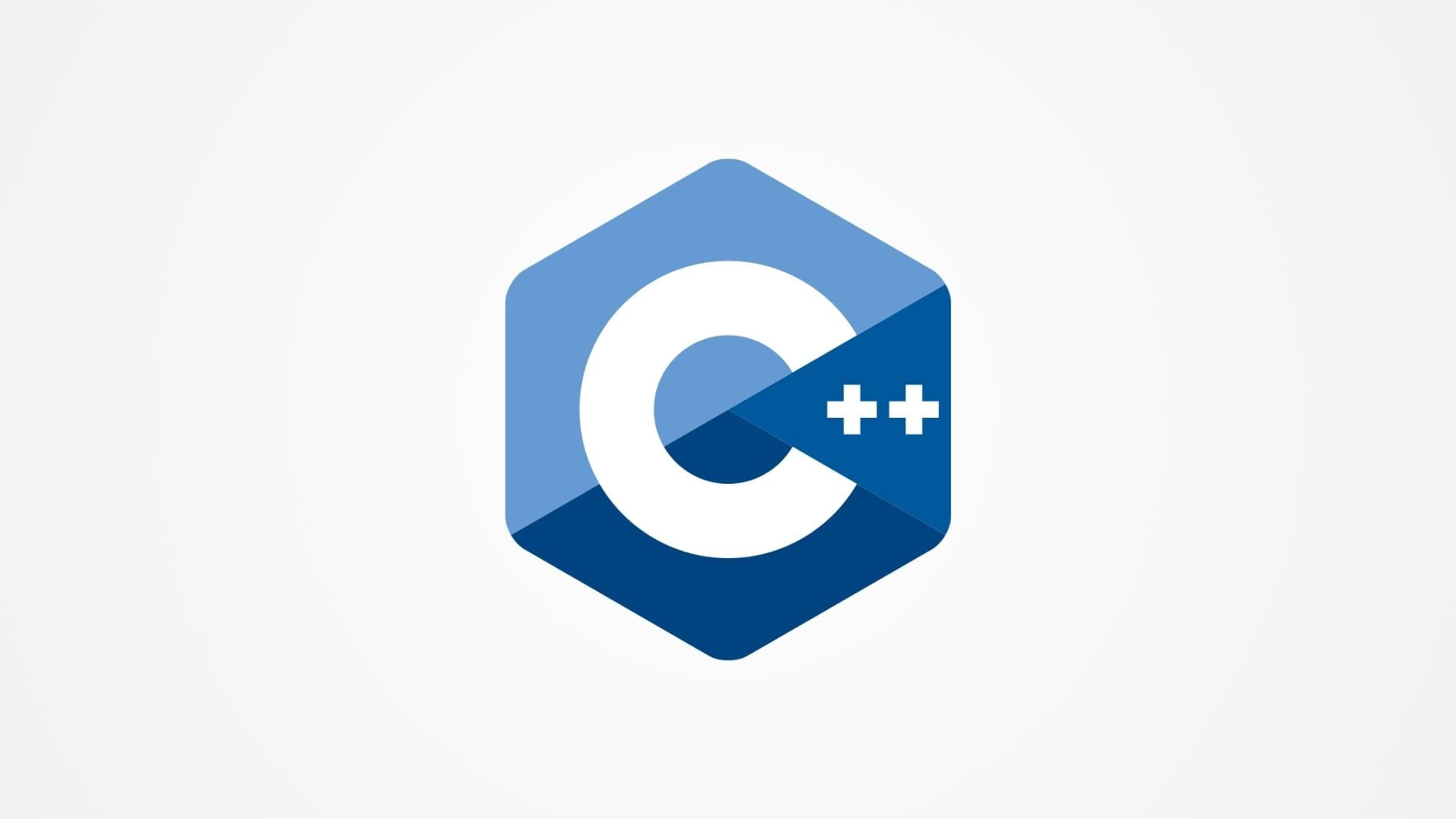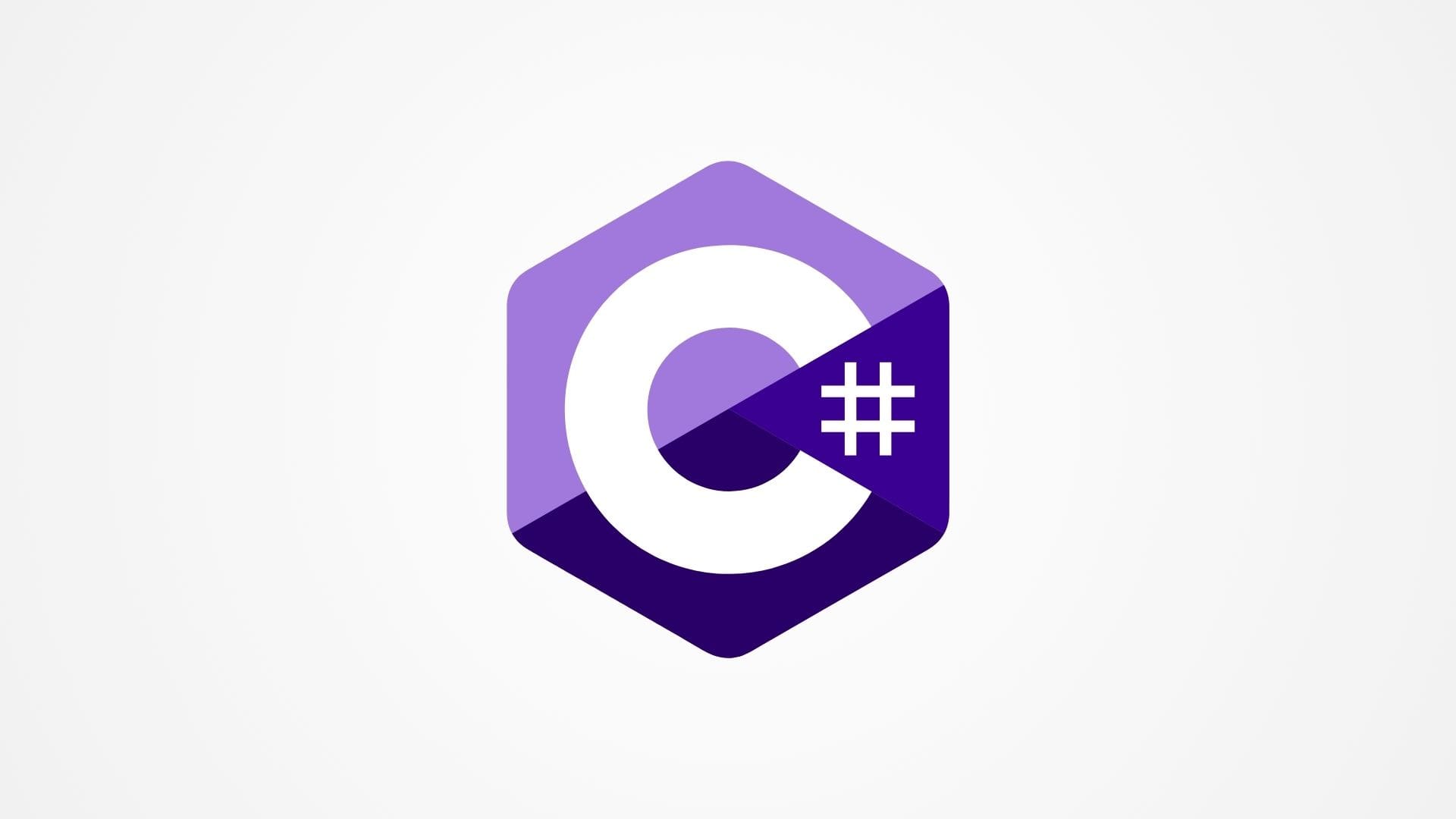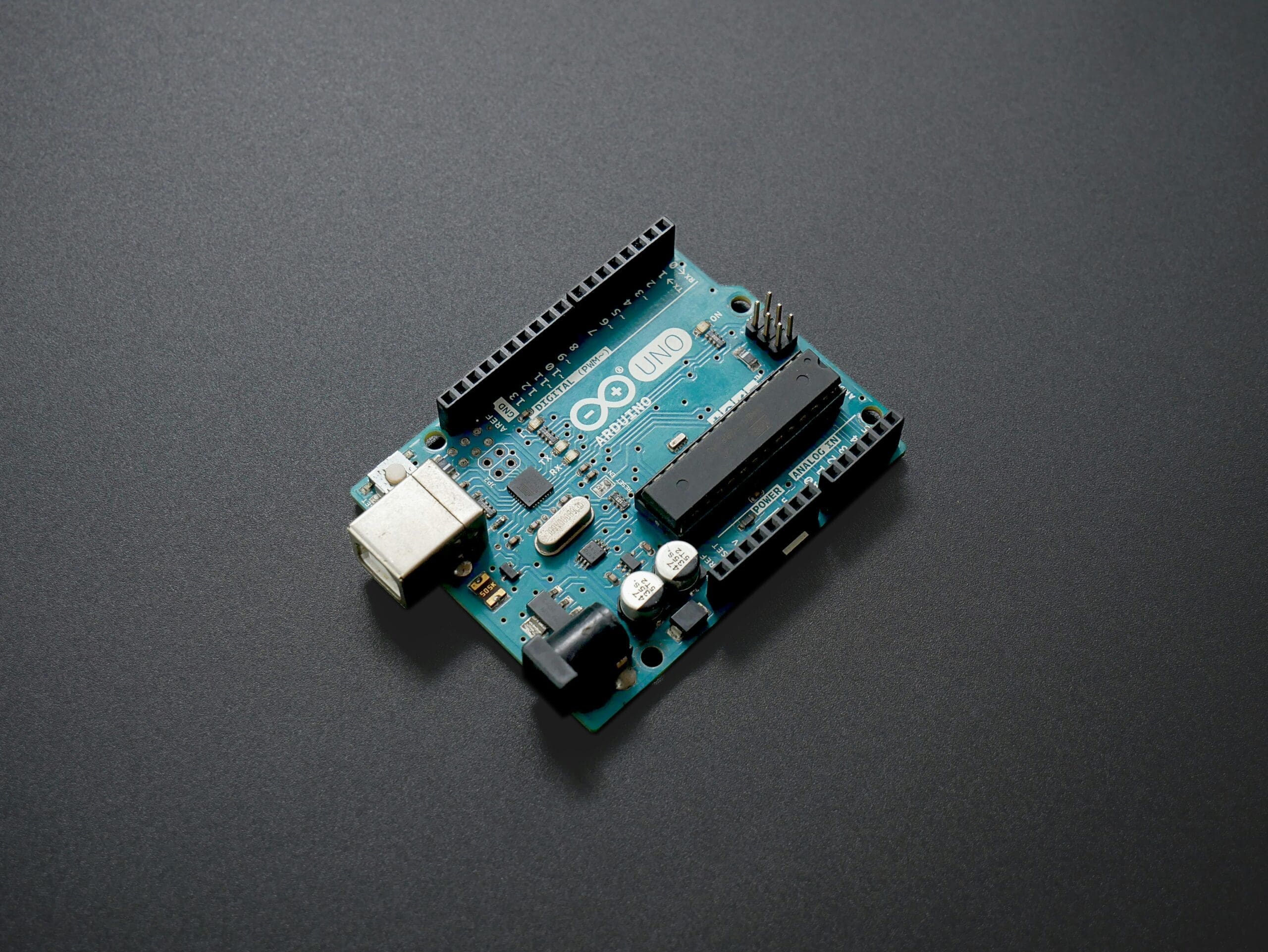Data Science is a multidisciplinary field that has rapidly become one of the most critical areas in the modern digital landscape. As organizations generate vast amounts of data daily, the ability to analyze, interpret, and derive meaningful insights from this data is invaluable. Whether it’s predicting consumer behavior, optimizing supply chains, or improving healthcare outcomes, data science plays a pivotal role in transforming raw data into actionable knowledge.
What is Data Science?
At its core, data science involves the extraction of knowledge and insights from structured and unstructured data. It encompasses various techniques and tools from fields like statistics, computer science, machine learning, and domain-specific expertise. The primary goal of data science is to analyze data in a way that enables better decision-making. It often involves several stages, including data collection, cleaning, analysis, visualization, and interpretation.
Data science is not just about crunching numbers; it’s about understanding the story that data tells. For beginners, it’s essential to recognize that data science is both an art and a science. It requires not only technical skills but also creativity and critical thinking to ask the right questions and interpret the results meaningfully.
The Importance of Data in Today’s World
In today’s data-driven world, organizations across all industries are collecting and analyzing data at unprecedented scales. From social media platforms tracking user interactions to e-commerce sites monitoring buying patterns, data is everywhere. This explosion of data, often referred to as “Big Data,” has created a significant demand for professionals who can make sense of it all.
The importance of data lies in its potential to reveal patterns, trends, and associations that would otherwise remain hidden. For example, in the business world, data science can help companies understand customer preferences, optimize marketing strategies, and improve operational efficiency. In healthcare, it can lead to better patient outcomes by predicting disease outbreaks or personalizing treatment plans.
Moreover, governments and public organizations use data science to enhance public safety, improve education, and design more efficient public services. The possibilities are endless, making data science a versatile and impactful field.
Key Components of Data Science
To grasp the fundamentals of data science, it’s important to understand its key components:
- Data Collection: The first step in any data science project is gathering the necessary data. This can come from various sources, including databases, spreadsheets, APIs, web scraping, or even manual entry. The quality and quantity of data collected directly influence the analysis that follows.
- Data Cleaning: Raw data is often messy and incomplete. Data cleaning involves removing errors, filling in missing values, and ensuring consistency across the dataset. This step is crucial because the accuracy of the analysis depends on the quality of the data.
- Data Analysis: Once the data is cleaned, the next step is to analyze it. This involves applying statistical methods, machine learning algorithms, or other techniques to uncover patterns or trends. The choice of analysis method depends on the nature of the data and the questions being asked.
- Data Visualization: After analysis, the results need to be communicated effectively. Data visualization is the process of creating charts, graphs, and other visual representations to help stakeholders understand the insights gained from the analysis. Good visualization is key to making data-driven decisions.
- Data Interpretation: Finally, the results must be interpreted in the context of the specific problem or question at hand. This step involves drawing conclusions from the analysis and making recommendations based on those conclusions. It’s where data science turns into actionable insights.
The Role of a Data Scientist
A data scientist is the professional responsible for carrying out the various stages of a data science project. They possess a blend of technical skills in programming, statistics, and machine learning, combined with domain expertise and problem-solving abilities. Data scientists are often described as “unicorns” because of the rare combination of skills they possess.
For beginners, becoming a data scientist might seem daunting due to the diverse skill set required. However, it’s important to note that data science is a field where continuous learning and curiosity are highly valued. Many successful data scientists come from non-traditional backgrounds and learn on the job or through self-study.
In essence, data scientists are the bridge between raw data and actionable insights. They not only analyze data but also communicate their findings to non-technical stakeholders, ensuring that data-driven decisions are implemented effectively.
As we embark on this journey into the world of data science, it’s clear that this field holds immense potential for those willing to dive in. Whether you’re looking to enhance your career prospects or simply want to understand how data shapes our world, learning the basics of data science is a crucial first step. The next sections will delve deeper into the tools, techniques, and practical applications of data science, providing you with the foundational knowledge needed to get started in this exciting field.
Core Tools and Technologies in Data Science
As we delve deeper into data science, it’s essential to familiarize ourselves with the core tools and technologies that are integral to the field. These tools enable data scientists to perform various tasks, from data manipulation to advanced machine learning. For beginners, understanding these tools is the first step toward becoming proficient in data science.
Programming Languages
Programming is a fundamental skill in data science, and several languages are commonly used in the field. Each language has its strengths and is suited to different aspects of data science.
- Python: Python is arguably the most popular language in data science, thanks to its simplicity and versatility. It has a rich ecosystem of libraries and frameworks, such as Pandas for data manipulation, Matplotlib and Seaborn for data visualization, and Scikit-learn and TensorFlow for machine learning. Python’s readability and ease of learning make it an excellent choice for beginners.
- R: R is another powerful language widely used in data science, particularly in statistical analysis. It offers a wide range of packages for statistical modeling and data visualization, such as ggplot2 and dplyr. R is favored in academic and research settings due to its strong support for statistical functions.
- SQL: Structured Query Language (SQL) is essential for working with relational databases. Data scientists use SQL to retrieve, manipulate, and manage data stored in databases. Understanding SQL is crucial, as much of the data used in data science projects is stored in databases.
- Other Languages: While Python, R, and SQL are the most commonly used languages, others like Java, Scala, and Julia also have their place in the data science ecosystem, particularly for big data processing and high-performance computing.
Data Manipulation and Analysis Tools
In addition to programming languages, data scientists rely on several tools specifically designed for data manipulation and analysis. These tools simplify the process of cleaning, transforming, and analyzing data.
- Pandas: Pandas is a Python library that provides data structures and functions needed to work with structured data. It is particularly useful for handling large datasets, performing operations like filtering, merging, and grouping data, and dealing with missing data. Pandas is often the first tool a data scientist turns to when working with data in Python.
- NumPy: NumPy is another essential Python library, mainly used for numerical computing. It supports large, multi-dimensional arrays and matrices, along with a collection of mathematical functions to operate on these arrays. NumPy serves as the foundation for many other data science libraries, including Pandas.
- Matplotlib and Seaborn: These are two popular libraries for data visualization in Python. Matplotlib is a versatile library that allows for the creation of a wide variety of static, animated, and interactive plots. Seaborn is built on top of Matplotlib and provides a high-level interface for drawing attractive statistical graphics.
- SciPy: SciPy builds on NumPy and provides additional functionality for scientific computing, including modules for optimization, integration, interpolation, eigenvalue problems, and more. It’s commonly used in fields that require heavy numerical computation, such as physics and engineering.
- Jupyter Notebooks: Jupyter Notebooks are an interactive computing environment that allows data scientists to write and execute code, visualize data, and document their analysis all in one place. This tool is invaluable for exploring data, testing ideas, and sharing insights with others.
Machine Learning Frameworks
Machine learning is a critical component of data science, enabling predictive modeling and pattern recognition. Several frameworks make it easier to implement machine learning algorithms and build models.
- Scikit-learn: Scikit-learn is a Python library that provides simple and efficient tools for data mining and data analysis. It supports a range of supervised and unsupervised learning algorithms, including regression, classification, clustering, and dimensionality reduction. Scikit-learn is user-friendly and well-documented, making it a go-to tool for beginners in machine learning.
- TensorFlow: TensorFlow is an open-source machine learning framework developed by Google. It is widely used for building and training deep learning models. TensorFlow supports a variety of neural network architectures and is highly scalable, allowing for deployment on different platforms, from mobile devices to large-scale distributed systems.
- Keras: Keras is a high-level neural networks API, written in Python and capable of running on top of TensorFlow. It allows for quick prototyping and experimentation with deep learning models. Keras is designed to be user-friendly and modular, making it an excellent choice for beginners who want to explore deep learning.
- PyTorch: PyTorch is another popular deep learning framework, developed by Facebook’s AI Research lab. It is known for its flexibility and ease of use, particularly in research settings. PyTorch’s dynamic computation graph allows for greater control and easier debugging, making it a favorite among researchers and developers alike.
Data Science in Practice: Real-World Applications
Understanding the tools and technologies in data science is essential, but it’s equally important to see how these tools are applied in real-world scenarios. Data science is used in a wide range of industries, solving problems that impact millions of people.
- Healthcare: In healthcare, data science is used to predict disease outbreaks, personalize treatment plans, and improve patient outcomes. For example, machine learning models can analyze patient data to predict the likelihood of developing certain conditions, allowing for early intervention and more effective treatments.
- Finance: The financial industry leverages data science to detect fraud, manage risk, and optimize trading strategies. Predictive models can analyze historical data to forecast market trends, while anomaly detection algorithms help identify fraudulent transactions.
- Retail: In retail, data science is used to understand consumer behavior, optimize inventory management, and personalize marketing efforts. By analyzing purchase history and browsing behavior, retailers can recommend products to customers, increasing sales and improving customer satisfaction.
- Transportation: Data science is also transforming the transportation industry, from optimizing routes and reducing fuel consumption to predicting maintenance needs and improving safety. For example, ride-sharing companies use data science to match drivers with passengers, minimizing wait times and maximizing efficiency.
- Entertainment: Streaming services like Netflix and Spotify use data science to recommend content to users based on their preferences and behavior. By analyzing viewing or listening habits, these platforms can suggest movies, shows, or songs that users are likely to enjoy, enhancing their overall experience.
Challenges in Data Science
While data science offers immense potential, it also comes with its challenges. Understanding these challenges is crucial for beginners to navigate the field effectively.
- Data Quality: One of the most significant challenges in data science is ensuring data quality. Incomplete, inconsistent, or biased data can lead to inaccurate analysis and flawed conclusions. Data scientists must spend considerable time cleaning and preparing data before it can be used for analysis.
- Complexity of Models: As data science projects become more complex, so do the models used to analyze data. Balancing model complexity with interpretability is a constant challenge. Highly complex models may offer better performance, but they can be difficult to understand and explain to stakeholders.
- Scalability: Working with large datasets, often referred to as “Big Data,” requires tools and techniques that can scale efficiently. Ensuring that data processing and analysis pipelines can handle vast amounts of data without performance bottlenecks is crucial.
- Ethical Considerations: The use of data science raises important ethical questions, particularly concerning privacy, bias, and transparency. Data scientists must be aware of the ethical implications of their work and strive to ensure that their analyses and models are fair and unbiased.
The tools and technologies discussed here form the backbone of modern data science. They empower data scientists to tackle complex problems across various industries, driving innovation and improving decision-making processes. As you continue to explore data science, gaining proficiency in these tools will be essential. The next section will focus on the process of learning data science, including the resources available for beginners and the practical steps to kickstart your journey in this exciting field.
Learning Data Science: A Guide for Beginners
With a clear understanding of the tools and applications of data science, the next step is to explore how to learn data science effectively. As a beginner, the path to mastering data science can seem overwhelming due to the breadth of knowledge required. However, with a structured approach and the right resources, you can build a solid foundation and gradually advance your skills.
Building a Strong Foundation
Before diving into complex algorithms and large datasets, it’s crucial to build a strong foundation in the basics of data science. This foundation includes understanding key concepts in statistics, learning a programming language, and becoming familiar with data manipulation and visualization techniques.
- Understanding Statistics: Statistics is at the core of data science. A solid grasp of statistical concepts, such as probability, distributions, hypothesis testing, and regression analysis, is essential for analyzing data and making informed decisions. Many online courses and textbooks are available that cater to beginners, offering a step-by-step introduction to these concepts.
- Learning Python or R: As mentioned earlier, Python and R are the primary programming languages used in data science. Choosing one language to start with is advisable, with Python being a popular choice for beginners due to its simplicity and extensive community support. Start with the basics of programming, such as loops, functions, and data structures, before moving on to more advanced topics like data manipulation and machine learning.
- Practicing Data Manipulation: Hands-on practice with data manipulation is vital. Tools like Pandas for Python or dplyr for R can help you get comfortable with tasks such as filtering data, merging datasets, and handling missing values. Working with real-world datasets, available through platforms like Kaggle or data.gov, can provide valuable practical experience.
- Exploring Data Visualization: Data visualization is not just about making pretty charts; it’s about effectively communicating your findings. Learn how to create various types of visualizations, from basic bar charts and scatter plots to more advanced heatmaps and network graphs. Libraries like Matplotlib and Seaborn for Python or ggplot2 for R are excellent starting points.
Structured Learning Paths
To streamline your learning process, consider following a structured learning path. These paths guide you through the essentials of data science in a logical sequence, often combining theoretical learning with practical exercises.
- Online Courses: Many online platforms offer comprehensive data science courses designed for beginners. Websites like Coursera, edX, and Udemy provide courses from reputable institutions and instructors. Some popular courses include “Introduction to Data Science in Python” by the University of Michigan on Coursera and “Data Science and Machine Learning Bootcamp with R” on Udemy. These courses typically include video lectures, quizzes, and hands-on projects to reinforce learning.
- Bootcamps: Data science bootcamps are intensive, short-term programs that focus on practical skills and real-world applications. They are ideal for those who want to make a quick transition into data science. Bootcamps like General Assembly, Springboard, and DataCamp offer immersive learning experiences, often culminating in a capstone project that you can showcase to potential employers.
- Textbooks and Reading Materials: For those who prefer a more traditional learning approach, several excellent textbooks cover the fundamentals of data science. “Python for Data Analysis” by Wes McKinney and “R for Data Science” by Hadley Wickham are highly recommended for learning data manipulation and visualization. Additionally, “An Introduction to Statistical Learning” by Gareth James et al. provides a comprehensive introduction to machine learning with a focus on R.
- Practice and Projects: Theoretical knowledge alone isn’t enough to master data science. Practical experience is crucial. Engage in projects that challenge you to apply what you’ve learned. Start with simple projects, like analyzing a dataset to find trends or building a basic predictive model. As you gain confidence, tackle more complex problems, participate in data science competitions on Kaggle, or contribute to open-source projects.
Navigating the Data Science Community
One of the great advantages of learning data science today is the vibrant and supportive community that surrounds it. Engaging with this community can provide additional learning opportunities, mentorship, and networking possibilities.
- Online Forums and Communities: Websites like Stack Overflow, Reddit, and Data Science Central are excellent places to ask questions, share knowledge, and connect with other learners and professionals. Joining discussions and contributing to these communities can deepen your understanding and help you stay updated on the latest trends and tools in data science.
- Meetups and Conferences: Attending local meetups, workshops, or conferences is a great way to meet other data scientists and learn from experts. Events like PyData, Strata Data Conference, and local data science meetups often feature talks, workshops, and networking sessions that can accelerate your learning.
- Mentorship Programs: Finding a mentor who is experienced in data science can be invaluable. Mentors can provide guidance, answer questions, and offer insights based on their experiences. Many online platforms and local communities offer mentorship programs where beginners can connect with seasoned data scientists.
The Journey Ahead: Continuous Learning
Data science is a rapidly evolving field, with new tools, techniques, and challenges emerging regularly. As such, a career in data science requires a commitment to continuous learning. Staying curious, being willing to adapt, and keeping up with the latest developments will help you remain relevant and successful in the field.
- Advanced Topics: As you become more comfortable with the basics, start exploring advanced topics such as deep learning, natural language processing, and big data analytics. Understanding these areas will open up new opportunities and allow you to tackle more complex data science challenges.
- Staying Updated: Follow blogs, podcasts, and newsletters that cover data science topics. Websites like Towards Data Science, KDnuggets, and Data Science Weekly are excellent resources for staying informed about the latest trends, research, and tools in the field.
- Contributing to Open Source: Contributing to open-source data science projects is a great way to gain experience, learn from others, and give back to the community. Platforms like GitHub host numerous projects where you can contribute by improving code, adding new features, or writing documentation.
Embarking on a journey into data science is both exciting and challenging. For beginners, the field offers a wealth of opportunities to learn, grow, and make a significant impact across various industries. By building a strong foundation, following a structured learning path, engaging with the community, and committing to continuous learning, you can develop the skills necessary to thrive as a data scientist. Whether you aim to pursue a career in data science or simply want to harness the power of data in your current role, the knowledge and skills you acquire will be invaluable.








